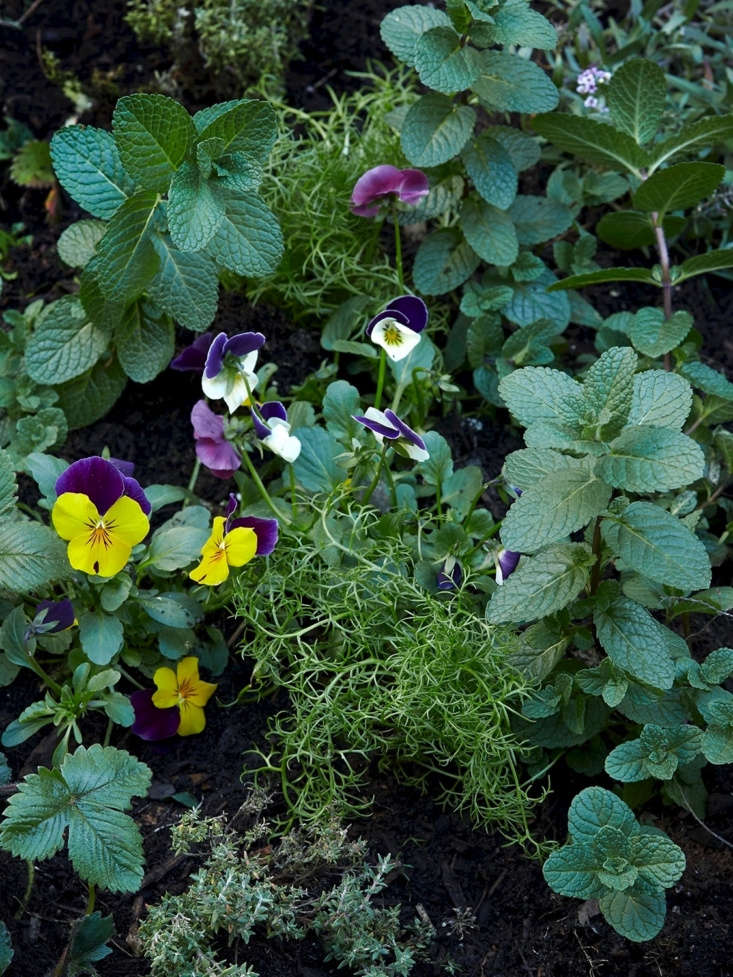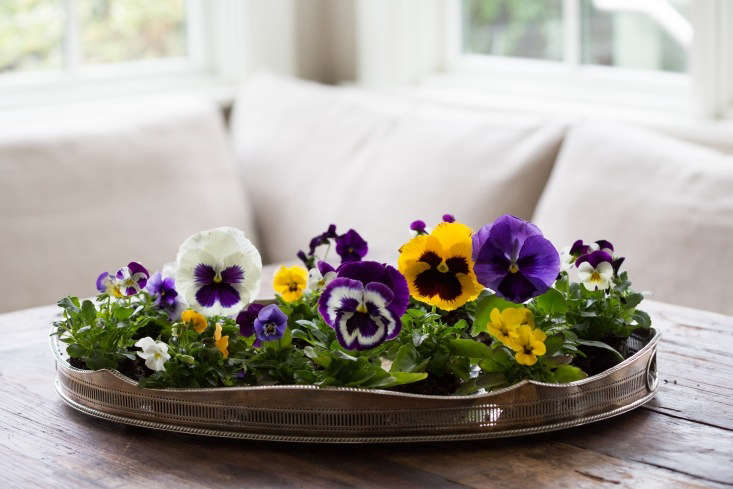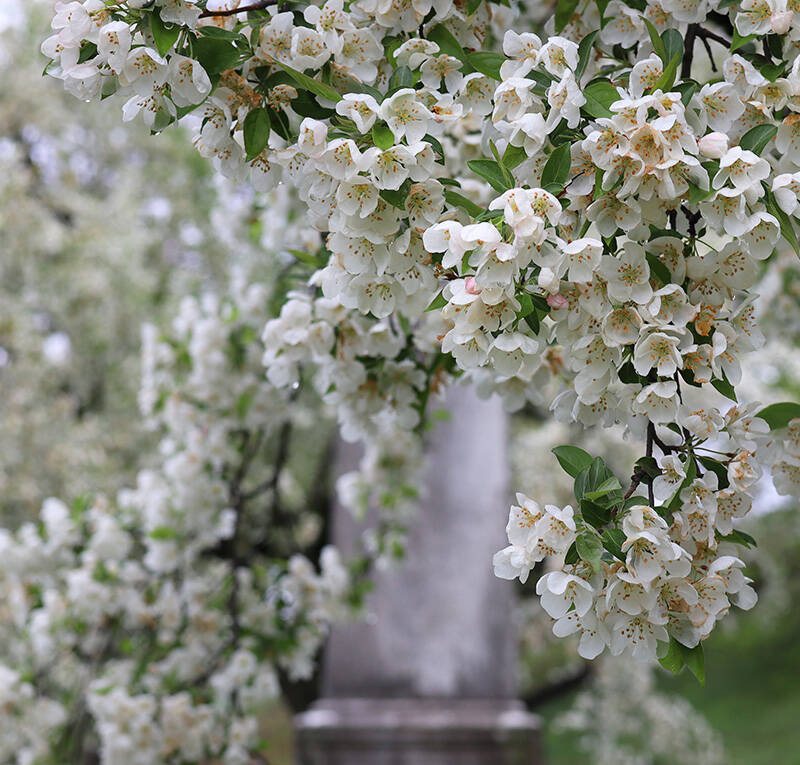With the fall season ramping up, garden beds and planted containers are winding down. A quick visit to the garden center luckily offers some cheery cool season replacements for your garden’s fading flowers. Two of these are reliably colorful pansies and violas. But, honestly, do you really know the difference, and even if you do, can you say which is the winner? I wasn’t 100 percent sure myself until I did a little digging.
Please keep reading to learn more about these two festival-y fall plants:
Pansies

Did you know that pansies came from violas—so technically all pansies are part of the viola family. Available in a rainbow of hues, there are pansy options for any color scheme. These fast growing flowers with large cutie-pie faces (flowers can get 2″ wide) are usually grown as annuals in cold climates but can be short-lived perennials in warmer climates. Pansies make a great companion to spring-flowering bulbs or tucked into pots and hanging baskets. Know that pansies are heavy feeders, so amend your soil with compost before planting. Sometimes hungry slugs will search them out; pluck out the intruders if this happens. Pansies are cold tolerant, but below freezing temperatures can end them.
Violas

With over 500 species in the viola family, I’ve narrowed it down to the type commonly bought at nurseries. Sometimes called Johnny jump-ups, violas have much smaller blooms than pansies and sometimes more blooms per plant. Also, violas are typically shorter and more ground hugging (4-10″ tall and wide) and can reseed themselves more readily. When planting violas in the garden or container, situate them near the rim of pots, edges of beds or even tucked into rock wall crevices in a woodland garden. You can find violas in shades of violet, white, blue and yellow, and you can expect violas, like pansies, to act as annuals or short-lived perennials. Violas are also easy to start from seed which can be more economical. Oh, and did you know that you can eat these little charmers and add them to drinks, desserts, and salads?
Which is which?

The best way to tell the two flowers apart is by noticing the orientation of the petals. Both have five, but pansies have four petals pointing up and one petal pointing down, whereas violas have two petals pointing up and three pointing down. Generally, violas are smaller in overall size than taller growing pansies.
And the winner is…?

Well, I think both pansies and violas are equally as lovely and provide a slightly different flower power. Heck, you can even mix them together. If you plant both pansies and violas early on in the fall season, you can expect them to flower quickly and through the winter into spring (assuming you don’t get blanketed in snow, in which case plant them in the spring). Both prefer full sun when the weather cools and the sun dips lower in the sky. Pansies will definitely give your more color as the flowers stand taller, boast bigger blooms, come in more color choices, and are larger than violas. However, I have found that violas, despite their small size, are tougher. I’ve seen them bounce back quicker after drying out or being dusted with frost. Pansies are usually chosen first by gardeners because they make more of a visible statement, but if you are looking for a longer flowering season and the chance for more flowers next year due to more reliable reseeding, then go for violas.

Whichever flower you choose, look for bushy, perky plants with a bounty of unopened buds (but at least one flower opened to make sure you are getting the color you want). Also, avoid nursery grown plants that are dried out or droopy as those are already stressed and might not rebound so well. With both pansies and violas, make sure to remove spent flowers regularly for a continuous bloom. Pro tip: snip or pinch at the base of the bloom above a leaf cluster. Sometimes you can even rejuvenate overgrown and leggy pansies and violas by trimming them back to about 2″ tall.
For more on the flowers, see:
- Gardening 101: Violas
- Plant of the Week: Violas, A Love Story
- Giant Pansies: Rethinking a 1960s Bedding Plant
- Pansies: A Cheap Date
- Gardening 101: Pansies












Have a Question or Comment About This Post?
Join the conversation (0)